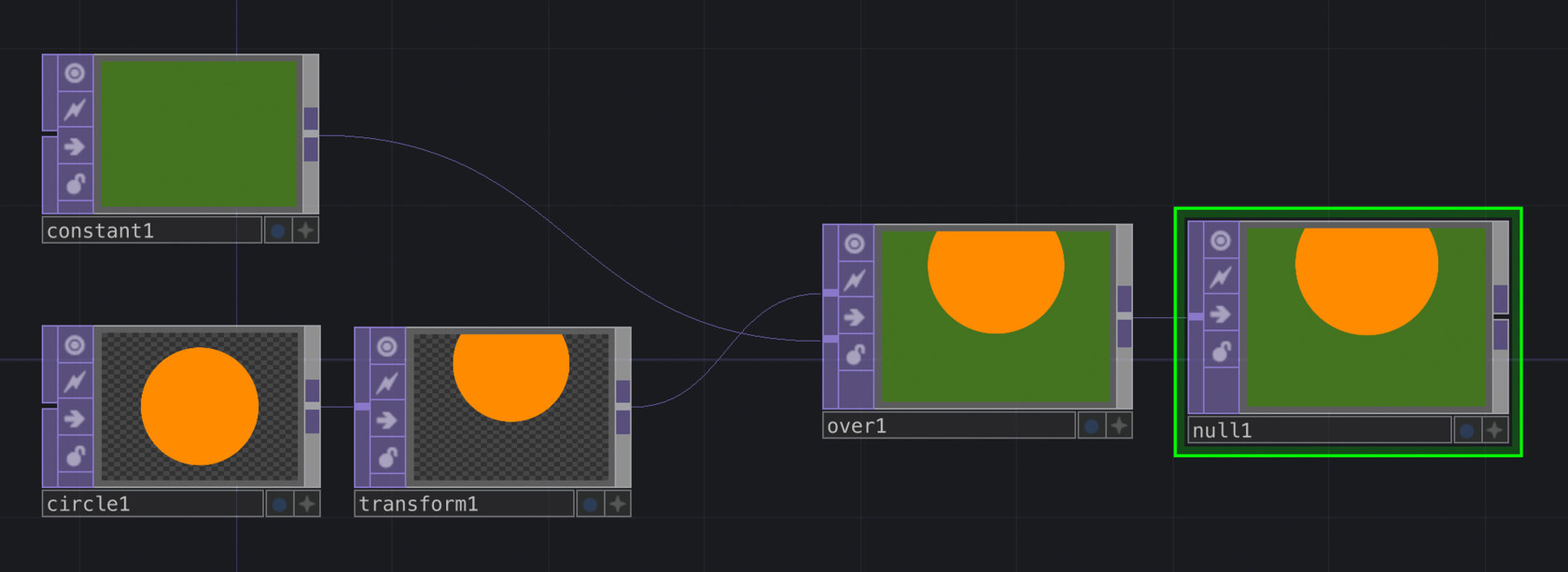Intro to Touchdesigner
About the software
Touchdesigner is a programming software popular amongst all kinds of creatives. Within the Creative Technology Lab we support students in developing interactive projects, often combined with physical computing and projection mapping.
Touchdesigner is a node-based software, a type of visual programming language. This means that for the most part we won't be dealing with tradition coding, instead we will be using nodes called Operators. These are ready-made "blocks of code", each performing different functions. Linking nodes together allows us to manipulate data and program our network. A bit like using layers in Photoshop, every new node you add alters the previous one, however in Touchdesigner data flows left to right.
Layers in Photoshop. Nodes linked to create a network in Touchdesigner.
Operators
A library of all Operators is available by double-clicking anywhere on the background of Touchdesigner. Operators are grouped into families, each marked with a different heading and color.
TOPS
Texture Operators, also known as TOPs, are all about handling images and videos. They help you modify, combine, and create graphics in real-time.
CHOPS
Channel Operators, also known as CHOPs, work with one or more channels of data. Informations from signals, motion, audio, etc. can be altered and used to control other operators, often TOPs, to perform various animation techniques.
DAT
Data Operators, or DATs, help manage scripts and data tables for communication between different devices or systems. They're really handy for connecting Touchdesigner with external devices like Arduino.
Components
Components are operators containing their own network. The Palette, available in the top left corner of Touchdesigner's interface, is a list of all components. Each are grouped by category; One of these is "Mapping", useful for projection mapping.


